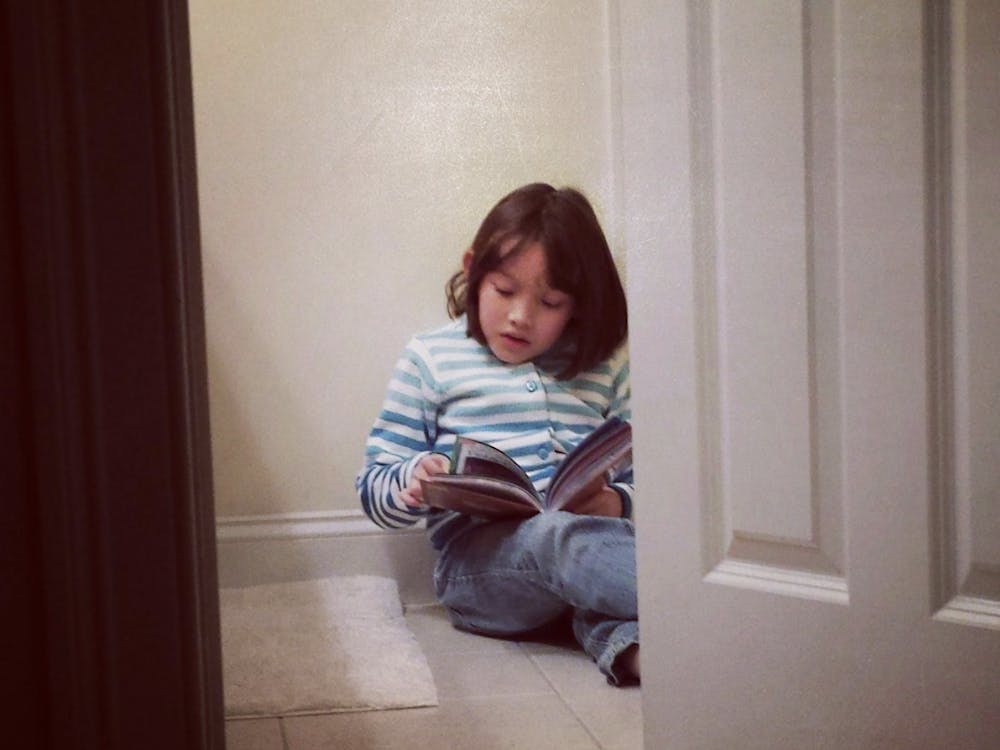From the start, Designed for Flowers: Contemporary Japanese Ceramics, the newly completed exhibition at the Walters Art Museum in Mount Vernon, immediately draws visitors in with its fresh, innovative design and stunning pieces of artwork.
The ceramic vessels displayed in the exhibition possess a rare subtlety that nevertheless commands attention, even within large spaces. There is an undeniable power latent in the Designed for Flowers exhibition that is delightfully complex but accessible to even the rookie art appreciator.
In summary, Designed for Flowers: Contemporary Japanese Ceramics showcases a wide variety of vessels created with the art of ikebana flower arranging in mind:
“With designs linked to long-standing Japanese traditions and contemporary artistic expression, the exhibition celebrates the works of many of Japan’s greatest living ceramic artists,” Robert Mintz, chief curator and Mr. and Mrs. Thomas Quincy Scott Curator of Asian Art at the Walters, said.
“Comprised almost exclusively of vases drawn from the Betsy and Robert Feinberg Collection, the exhibition explores the ways contemporary ceramic artists have met the challenge of producing vessels as supports for flowers,” he added.
The exhibition showcases a stunning range of vases, varying from one another dramatically in form, shape, texture and color. The first piece visitors see is Hōgō 2010-1, a stoneware vessel by Fujino Sachiko, which singlehandedly sets the tone of Designed for Flowers.
With its layered top and rough surface, this is not the average vase; it contains much more detail than initially meets the eye.
Upon closer examination, the rough surface, indeed, includes a subtle hint of sparkle — not anything overwhelming but just a glint of light, depending on the angle from which it is observed.
Noboro ki (Rising Air) by Miyashita Zenji is another notable piece of stoneware in the exhibition but catches visitors’ eyes for very different reasons. The vessel is painted with shades of blue, beginning at the bottom with deep navy and ending at the top in bluish-white.
This ascension of color reminds one of a mountainous landscape fading into sky. Zenji’s use of curved lines around the vessel further encourages this comparison, almost as if to signify mountains and valleys around the circumference of the piece.
Designed for Flowers ends on a lively note with Yōsai tsubo “kōga,” (also known as “Galaxy”) a brilliant, glazed jar created by Tokuda Yasokichi III. This porcelain, circular piece is glazed with a vibrant royal blue, with white, teal and yellow stripes down the center of the jar. Its energy is palpable, as its effervescent colors and glossy texture easily command the attention of the space around it. Its colors are further accentuated by the incorporation of a Japanese screen depicting peacocks placed behind the vessel. The colors of the vessel and the peacocks blend together beautifully, creating an exhilarating end to Designed for Flowers.
Indeed, Chief Curator Mintz’s skillful use of Japanese screens to both contrast and highlight the ceramic vessels is just one of the ways the layout of the exhibition succeeds in creating an atmosphere perfect for the nature of the featured artwork. The walls of the exhibition are painted in a fresh mint green, creating a serene and tranquil environment for observing the ceramics.
“In contrast to the romance of the classical art in the museum, the mint-colored modern ceramics exhibit provides a calming experience ideal for admiring the cool and controlled forms of the vases,” said Hopkins junior and Walters Museum intern Michelle Court-Reuss.
Another important aspect of the exhibition’s layout is its commitment to interactivity. In the middle of the exhibition, visitors are invited to compose their own haikus, which they can clip to lines of string along the wall of the exhibition.
Additionally, towards the end of Designed for Flowers, visitors of all ages are encouraged to try their hand at constructing a felt ikebana flower arrangement on a large board complete with many different types of felt shapes. In this way, Designed for Flowers is accessible for people of all ages, creating a playful spirit of fun in the exhibition.
Just a few stops away on the JHMI shuttle, the Walters Art Museum has always been an enormous asset to Hopkins and the greater Baltimore community. Its newest addition, Designed for Flowers: Contemporary Japanese Ceramics, while fitting for all ages, is perfect for the college student because of its youthful atmosphere and dynamic pieces of art.
The exhibition began on Feb. 23 and runs through May 11. More information can be found at http://thewalters.org/exhibitions/ikebana/. For a relaxing Saturday afternoon, look no further than this unique and inspiring exhibition featuring works of many of Japan’s greatest living ceramic artists.




